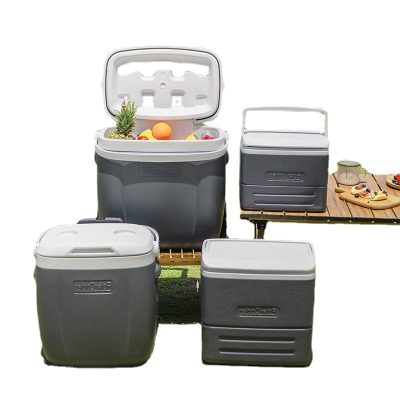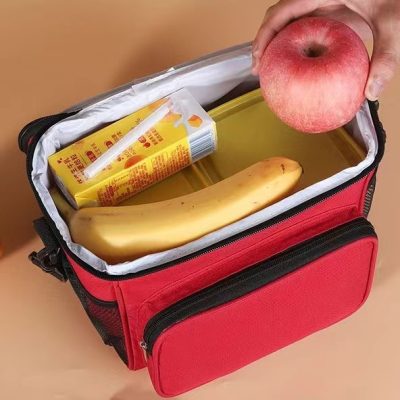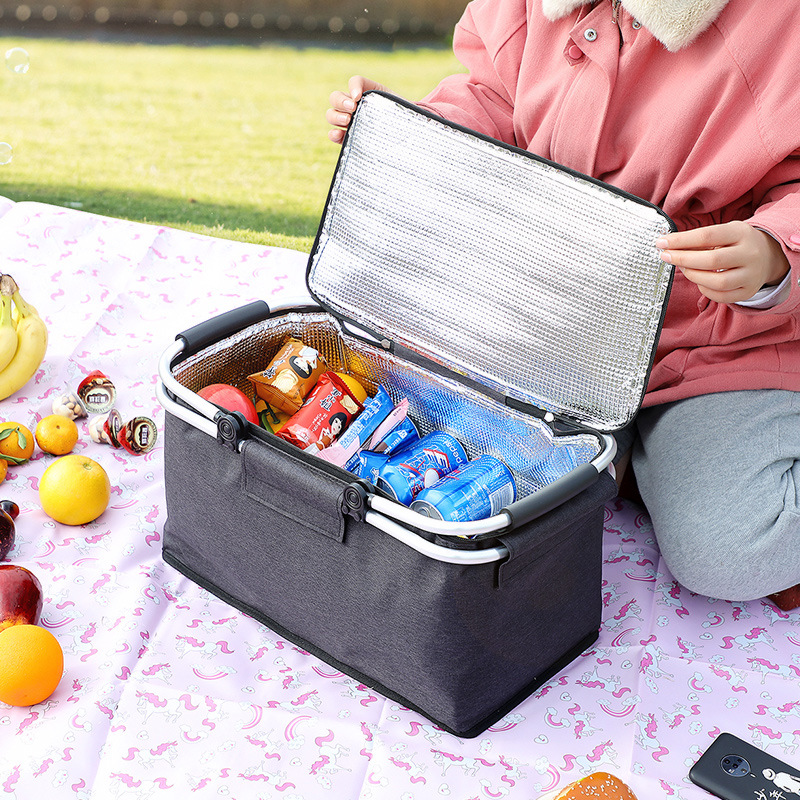The evolution of cooler bags from ice boxes to modern insulated designs is a fascinating journey that reflects advancements in technology, materials, and consumer needs. Here’s a brief overview of the history of cooler bags:
- Ice Boxes: The concept of using ice to preserve food dates back centuries, but the modern ice box, as we know it, emerged in the 19th century. These were wooden or metal containers lined with insulating materials like cork or sawdust and filled with blocks of ice to keep food cold. Ice boxes revolutionized food storage, allowing perishable items to stay fresh for longer periods.
- Picnic Hampers: In the late 19th and early 20th centuries, picnic hampers became popular for outdoor dining. These were often made of wicker or wood and included compartments for plates, utensils, and food items. While not insulated, some picnic hampers had compartments specifically designed to hold ice or cold packs to keep perishable foods chilled during transportation.
- Portable Coolers: The mid-20th century saw the emergence of portable coolers designed specifically for keeping food and beverages cold during outdoor activities. Early models were typically made of metal, fiberglass, or plastic and featured insulation to maintain a low temperature inside the cooler. These coolers were often bulky and heavy but provided a convenient way to transport chilled items for picnics, camping trips, and beach outings.
- Introduction of Insulation: As technology advanced, cooler bags began to incorporate more efficient insulation materials such as foam, polyester, or other synthetic materials. These materials offered better thermal performance while also reducing the weight and bulkiness of the cooler bags, making them more portable and user-friendly.
- Innovations in Design: Over time, cooler bags evolved to include various design features and innovations to enhance their functionality and appeal. This includes features like zippered closures, multiple compartments, adjustable straps for easy carrying, and waterproof exteriors to withstand outdoor conditions.
- Specialized Cooler Bags: With the growing popularity of outdoor activities like hiking, fishing, and tailgating, cooler bags began to cater to specific needs and preferences. This led to the development of specialized cooler bags designed for carrying items like wine bottles, fishing bait, or medical supplies that require specific temperature control.
- Fashion and Style: In recent years, cooler bags have transcended their utilitarian origins to become fashion accessories in their own right. Manufacturers now offer cooler bags in a wide range of stylish designs, colors, and patterns to appeal to fashion-conscious consumers who prioritize both function and aesthetics.
Overall, the history of cooler bags reflects a continuous effort to improve the portability, efficiency, and style of food and beverage storage solutions for individuals with active lifestyles. From humble ice boxes to modern insulated designs, cooler bags have come a long way in meeting the diverse needs of consumers in various settings and environments.








